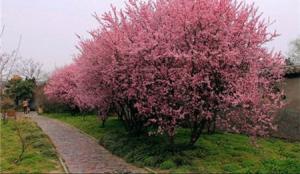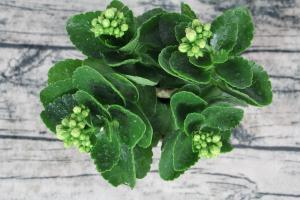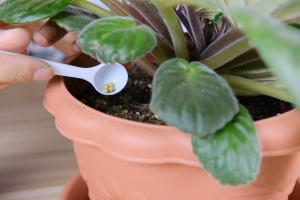How to Measure Plant Water Potential
Water potential is a key concept in plant physiology that measures the ability of plant cells to hold and absorb water. In order to understand how plants respond to changes in soil moisture content and climate patterns, it is essential to accurately measure plant water potential. In this article, we will discuss the various methods used to measure plant water potential, as well as their advantages and limitations.
Methods for Measuring Plant Water Potential
There are several methods for measuring plant water potential, including the pressure chamber method, psychrometry, and heat-pulse sensors. Each method has its own strengths and weaknesses, and the choice of method depends on the specific requirements of the experiment.
The Pressure Chamber Method
The pressure chamber method is one of the most widely used methods for measuring plant water potential. It involves placing a leaf or stem of the plant in a sealed chamber and increasing the pressure until water is expelled from the plant tissue. The pressure required to expel water from the tissue is equal to the water potential of the plant.
The pressure chamber method is preferred for its accuracy, but it requires specialized equipment and can be time-consuming. It is also limited to relatively small plant tissues, such as leaves and stems.
Psychrometry
Psychrometry involves measuring the relative humidity of the air surrounding the plant tissue and calculating the water potential using the psychrometric formula. This method can measure water potential in large samples of plant tissue and can provide data in real-time.
However, psychrometry is subject to errors caused by variations in air humidity and temperature. It is also difficult to maintain adequate control over the plant tissue during the testing process.
Heat-Pulse Sensors
Heat-pulse sensors are used to measure the flow of sap through the plant tissue, which is directly related to the water potential. This method involves inserting a small probe into the plant tissue and applying heat pulses to measure the rate of sap flow.
Heat-pulse sensors are a relatively new method and are still being developed. They have the advantage of providing real-time data and can measure water potential in field conditions. However, they require specialized equipment and are prone to measurement errors caused by variations in sap flow rates.
Conclusion
In conclusion, measuring plant water potential is a critical task in plant physiology research. The pressure chamber method, psychrometry, and heat-pulse sensors are three of the most widely used methods for measuring water potential.
Each method has its own strengths and limitations, and the choice of method depends on the specific experimental conditions. Researchers should carefully consider their experimental requirements and select the most appropriate method for their study.

 how many times do yo...
how many times do yo... how many planted tre...
how many planted tre... how many pine trees ...
how many pine trees ... how many pecan trees...
how many pecan trees... how many plants comp...
how many plants comp... how many plants can ...
how many plants can ... how many plants and ...
how many plants and ... how many pepper plan...
how many pepper plan...
































